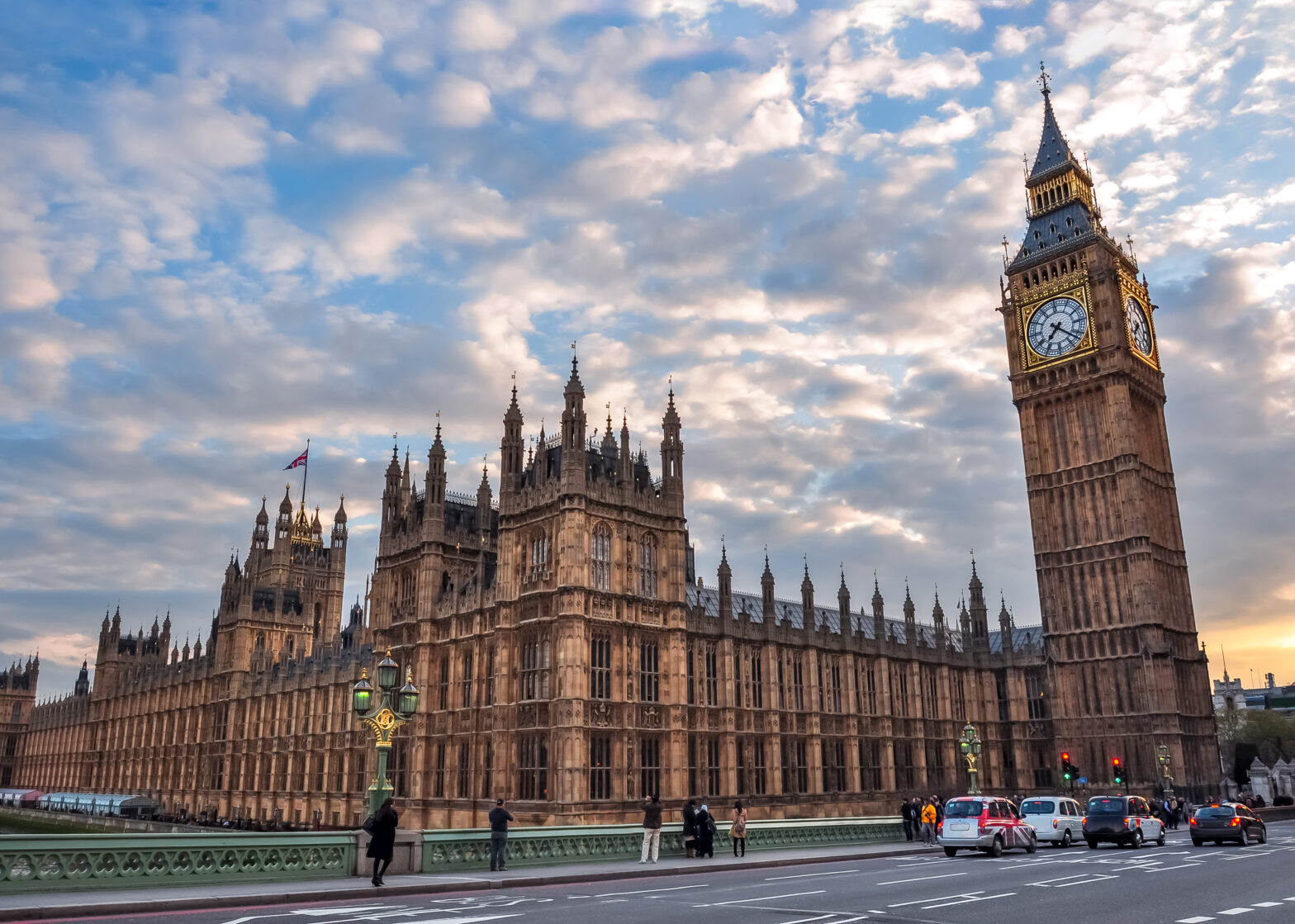As businesses settle into the ‘new normal’ of the GDPR world, savvy marketers and legal experts will have had their heads firmly turned to the next, fast encroaching regulation from Europe.
ePrivacy, also know as the “cookie law”, has been long forecast to play havoc with the advertising processes many brands have in place – with users facing cookie request pop-ups and also able to opt-out of cookies at a browser-level, marketers estimate as much as a 40% drop in web traffic.
While the regulation was debated and softened earlier this summer by the Transport, Telecommunications and Energy Council, browser providers are still obliged to inform end-users about privacy settings at the time of installation, first usage and when updates change the privacy settings.
>See also: European ePrivacy Regulation: work in progress
In short, the pressure on advertisers hasn’t waned. Our recent research report discovered that 30% of marketers in the UK and France are planning to reduce the amount of cookie-based display, paid search and retargeting they carry out in the immediate aftermath of the new regulations.
With any brand that has a website at risk of losing a key source of behavioural data, those currently most reliant on cookies are under high pressure to find effective alternatives that can compensate for the fact that they are likely to have a data deficit about their customers.
Cookie monsters
Cookies are still commonplace in many areas of the digital ecosystem. According to our study, while 85% of marketers are confident they know the difference between ePrivacy and GDPR, 93% of companies are still using cookie-based advertising to reach their customers.
Across the UK and France, cookies are crucial in storing customer information such as addresses, phone numbers and payment information (55%). They also play a crucial role in tackling basket abandonment, with just over two-fifths of respondents (42%) using cookies captured on their website to save shopping baskets or wish lists.
>See also: Proposal for new ePrivacy Regulation: what’s different?
Nonetheless, what is most under threat from ePrivacy is the ability to extensively track the actions users take on brand websites and cookie-based advertising methods. Internet users will have the option to set browser-level cookie permissions, which could mean the withdrawal of millions of consumer datasets from brand view.
Cookie-less channels
With 31% of marketers in the UK stating that the most important information they collect via cookies is Google Analytics data – that all-important view of who and how to reach consumers online with digital adverts – there is a good reason to be worried.
The immediate response is that marketers expect they will invest more in direct communication channels such as social messenger services (72%) and email (79%) to reach customers. Since many live chat services are initiated by the customer themselves, information is volunteered willingly in exchange for support from an agent.
>See also: Brexit White Paper: TechUK calls for clarity on digital services
As such, live chat and chatbots have become increasingly popular as a way to engage with customers on site to both assist them but also to gather more information about their needs. During the chat conversation, consent can also be given for further communication via other channels.
A limit to personalisation?
Today, more than half of marketers 54% admit they currently purchase lists of third-party data from data sales houses or other large site and system operators. Predominantly brands buy lists for both sales prospecting and marketing campaigns, a practice which could put them at risk of breaching various GDPR requirements should the contacts on these lists not have given consent for their data to be shared for such purposes.
>See also: Can programmatic survive GDPR?
ePrivacy will redefine the limit of personalisation based on the available data sources. In response, savvy brands should not only be more transparent about the information they track but also explain clearly to customers why it’s to their own benefit for such information to be tracked (from saved shopping carts to improved future website navigation). This will also help customers to trust them with more data – not least because the most popular lead generation methods will soon be through more personal routes such as LinkedIn and Facebook Lead Ads (71%). This surpasses events (59%) and content marketing (39%).
Ultimately, the competitive advantage brands need to build is how well they can tailor their offers to serve their customer’s individual needs at the right moment. This means relying less on tactics like retargeting ads and build more qualitative data insights to build campaigns that resonate with new consumers. The longer-term opportunity of browser-level cookie approval means both B2B and B2C brands will have to focus strategically on how they can grow and maintain the most valuable customer insights.
By Judy Boniface-Chang, Chief Marketing Officer at Mailjet







